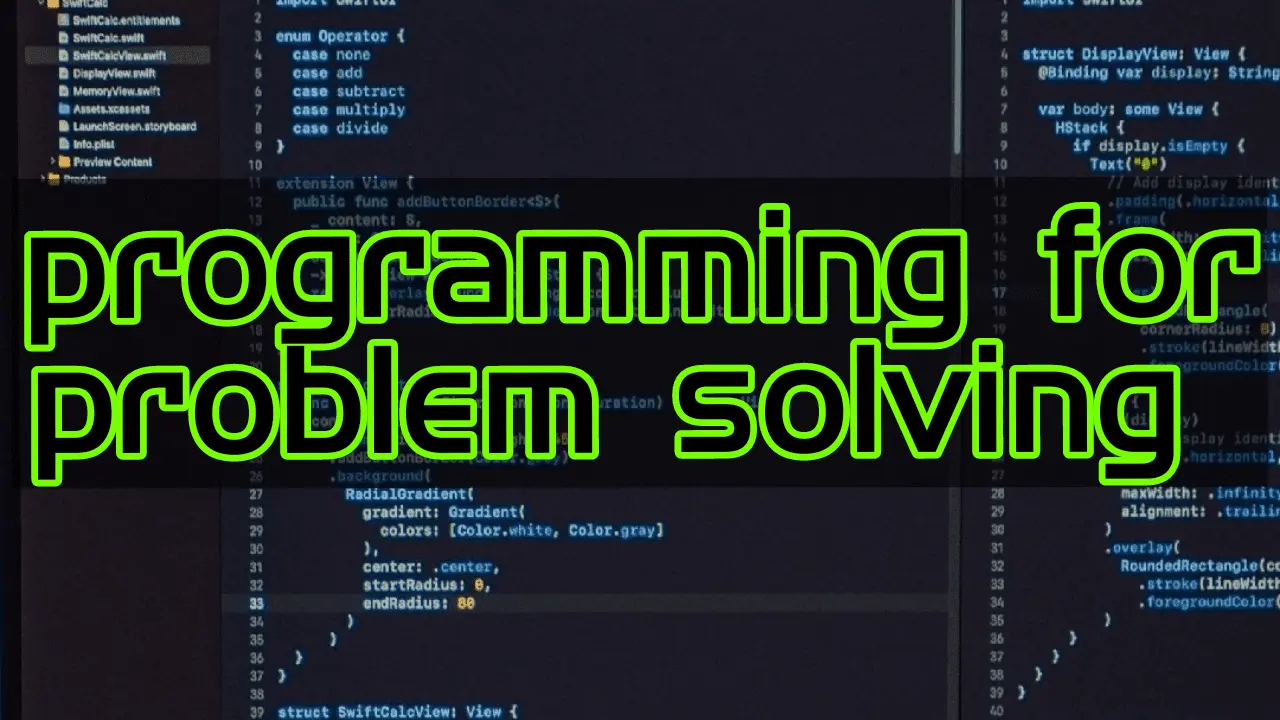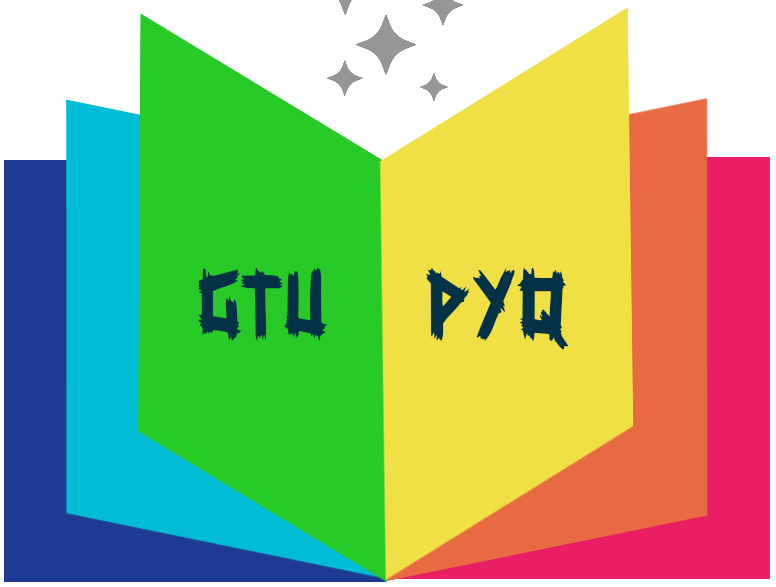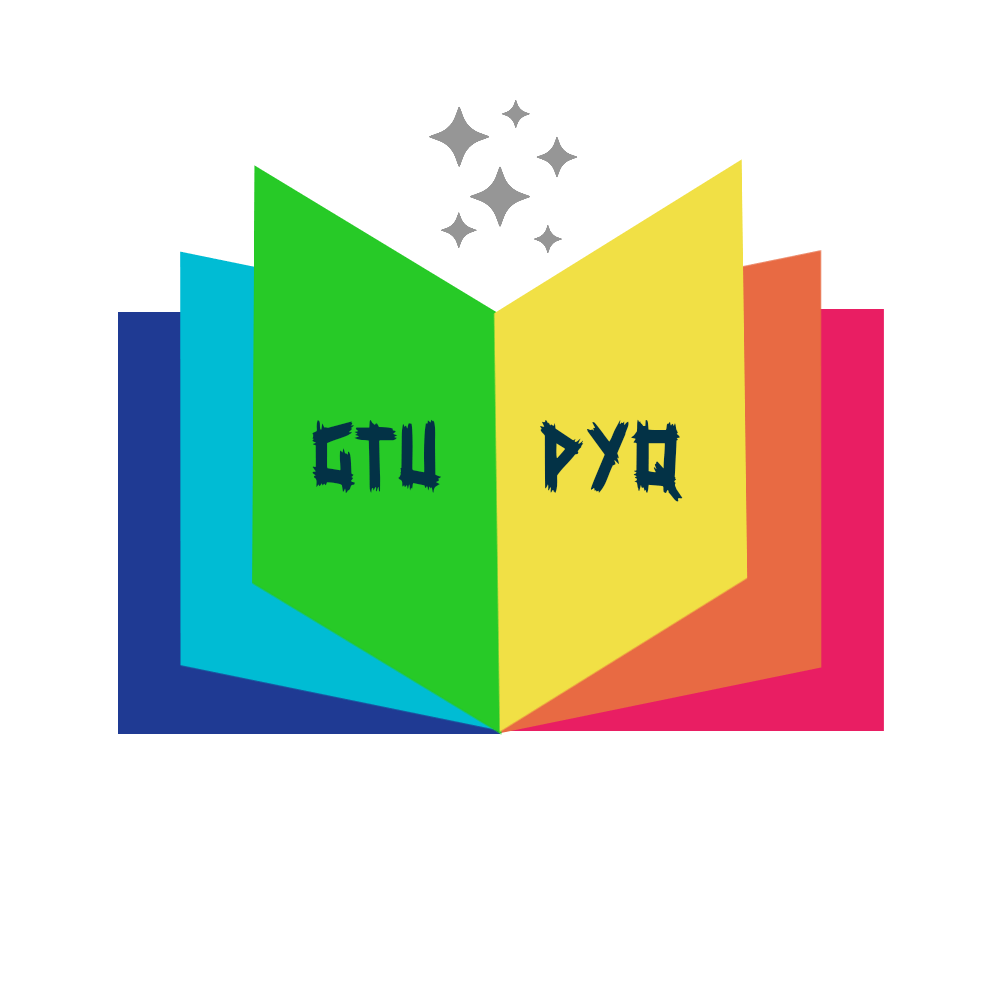1. Introduction to Computer and Programming:
This chapter provides an overview of computers and programming, covering topics such as the basic block diagram and functions of various computer components. It introduces the distinction between hardware and software and explores different types of software, including compilers and interpreters. The concepts of machine-level, assembly-level, and high-level programming are discussed, along with the use of flowcharts and algorithms to design programs.
2. Fundamentals of C:
In this chapter, we delve into the features of the C language and the structure of C programs. Topics covered include comments, header files, data types, constants, and variables. The chapter also explains operators, expressions, their evaluation, type conversion, precedence, and associativity. Input and output (I/O) functions are introduced to handle data interactions.
3. Control Structure in C:
This chapter focuses on control structures in C programming. It covers simple statements, decision-making statements (such as if-else and switch), and looping statements (such as for, while, and do-while). Nesting of control structures, as well as the usage of break, continue, and goto statements, are also discussed.
4. Array & String:
Here, we explore the concepts of arrays, including one-dimensional and two-dimensional arrays. The chapter covers the declaration, initialization, and manipulation of arrays. String concepts, string storage, and built-in string functions are also introduced.
5. Functions:
In this chapter, we delve into the concepts of user-defined functions. Topics include function prototypes, function definitions, parameters, and how to pass parameters to functions. The process of calling a function and handling recursive functions is covered. Additionally, the usage of macros and pre-processing directives is discussed.
6. Recursion:
This chapter explores recursion as an alternative problem-solving technique. It presents example programs, including finding factorial, Fibonacci series, and Ackerman function. Sorting algorithms like Quick sort or Merge sort are also introduced as examples of recursive solutions.
7. Pointers:
The basics of pointers are covered in this chapter. Topics include pointer-to-pointer, pointer and array relationships, pointer-to-array, and array-to-pointer conversions. Additionally, functions that return pointers are discussed.
8. Structure:
This chapter introduces the fundamentals of structures, including defining structure members and accessing them. Nested structures and arrays of structures are explored, along with the relationship between structures and functions. The usage of structures with pointers is also discussed.
9. Dynamic Memory Allocation:
Here, students are introduced to dynamic memory allocation. The chapter covers the concepts of malloc and calloc functions, which allow for efficient memory management during program execution.
10. File Management:
The final chapter provides an introduction to file management and its associated functions. Students learn how to handle file operations within their programs, enabling them to read and write data to external files.




Imp ??? Pps
Here is video link of pps imp:https://youtu.be/VRewOYvUm3s